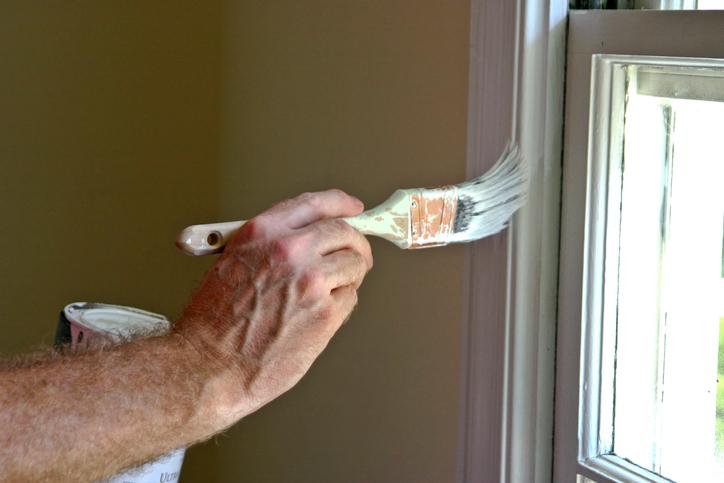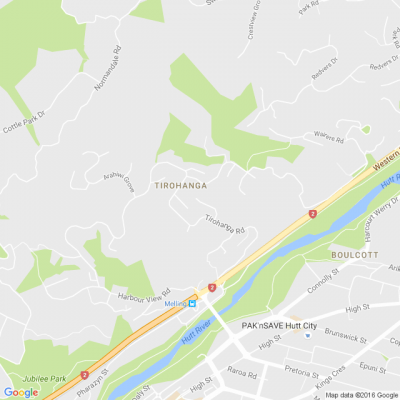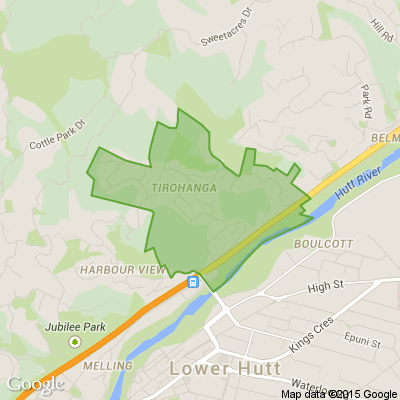How to Remove Paint from Window Panes
Paint is very difficult to clean off from any surface and removing it from glass is no different. Once the paint has dried, trying to wipe it off with a wet cloth will prove unsuccessful. Nevertheless, there are a few ways you can prevent smudging the windows with paint and in the event you splatter the glass with paint there are tricks to remove it.
Typically, when there is renovation work going on that includes painting the walls or the window frames, it’s practical to use masking tape on the glass around the frames to protect it. However, many tapes just don’t seem to stick well to the glass surface and most of the time paint drops always find their way onto the unprotected surface.
Regular paint remover is not good enough and won’t work on dried-up paint. Instead, you can try to clean the paint off your windows by following the steps in our short and practical guide which presents you two approaches.
Removing Paint from Glass with a Scraper
Materials needed:
• Hand-held safety razor blade
• Cloth/Sponge
• Squeegee
• Small bucket
• Warm water
• Dishwashing liquid
Here is what to do:
1. Fill a bucket with warm water and some dishwashing liquid. Mix it until it becomes sudsy. The detergent will make it easier for the scraper to move over the glass surface, minimising the risk of scratching.
2. Soak the cleaning cloth or sponge in the solution.
3. Scrub the window to remove any dirt and grime from the surface. Next, rinse it using a clean wet cloth or sponge.
4. Wet the window again with the dishwashing solution.
5. Hold the razor blade at a 45-degree angle and carefully scrape the paint. Make sure the glass is wet while you are scraping with the razor blade, otherwise you may scratch it.
If you have recently painted areas around the window or window sill and the paint has not yet dried properly, it may be best to leave it until it has. Cleaning it with soapy water may cause the paint to run and ruin other surfaces.
6. Wipe the glass with a squeegee to remove any remaining moisture or streaks, and then with a cloth to polish the surface.
7. Check to see if all the paint has been removed. If there is still some paint on the glass, repeat the steps 5 and 6 until all the paint has been removed.
Keep reading: www.curtainclean.co.nz...

Crack This Riddle and Brag All Day!
I’m full of holes but strong as steel. What am I?
Do you think you know the answer to our daily riddle? Don't spoil it for your neighbours! Simply 'Like' this post and we'll post the answer in the comments below at 2pm.
Want to stop seeing riddles in your newsfeed?
Head here and hover on the Following button on the top right of the page (and it will show Unfollow) and then click it. If it is giving you the option to Follow, then you've successfully unfollowed the Riddles page.

Poll: Is it rude to talk on the phone on a bus?
Buses can be a relaxing way to get home if you have a seat and enough space. However, it can be off-putting when someone is taking a phone call next to you.
Do you think it's inconsiderate for people to have lengthy phone calls on a bus? Vote in the poll, and add your comments below.

-
64.1% Yes
-
33.3% No
-
2.6% Other - I'll share below
Hikoi - North Island
Police have established a Major Operations Centre (MOC) to provide oversight of the Police response to the upcoming hīkoi from Northland to Wellington.
The MOC, based at Police National Headquarters in Wellington, is providing logistical, resource and communication support to all districts along the hīkoi route.
Major Operations Director Superintendent Kelly Ryan says Police have been engaged with hīkoi organisers for many weeks.
“Our discussions with organisers to date have been positive and we expect the hīkoi to be conducted in a peaceful and lawful manner,” she says.
The hīkoi is expected to leave Northland today (Monday 11 November) and travel to Wellington, arriving at Parliament between Monday 18 and Tuesday 19 November.
“We’ve planned for large numbers to join the hīkoi, with disruption likely to some roads, including highways and main streets along the route,” Superintendent Ryan says.
“The MOC will support our frontline, district-based staff with the management of people, vehicles and activities, while also maintaining central oversight.
“We will continue to co-ordinate with iwi leaders and our partners across government to ensure public safety and minimal disruption to people going about their daily routine.
“We’re also well connected with NZ Transport Agency Waka Kotahi and local councils to ensure road users have up-to-date information and can plan accordingly.
“The MOC will remain in place while the hīkoi is in Wellington and as participants make their way back home safely.”








 Loading…
Loading…














